Comments
- No comments found
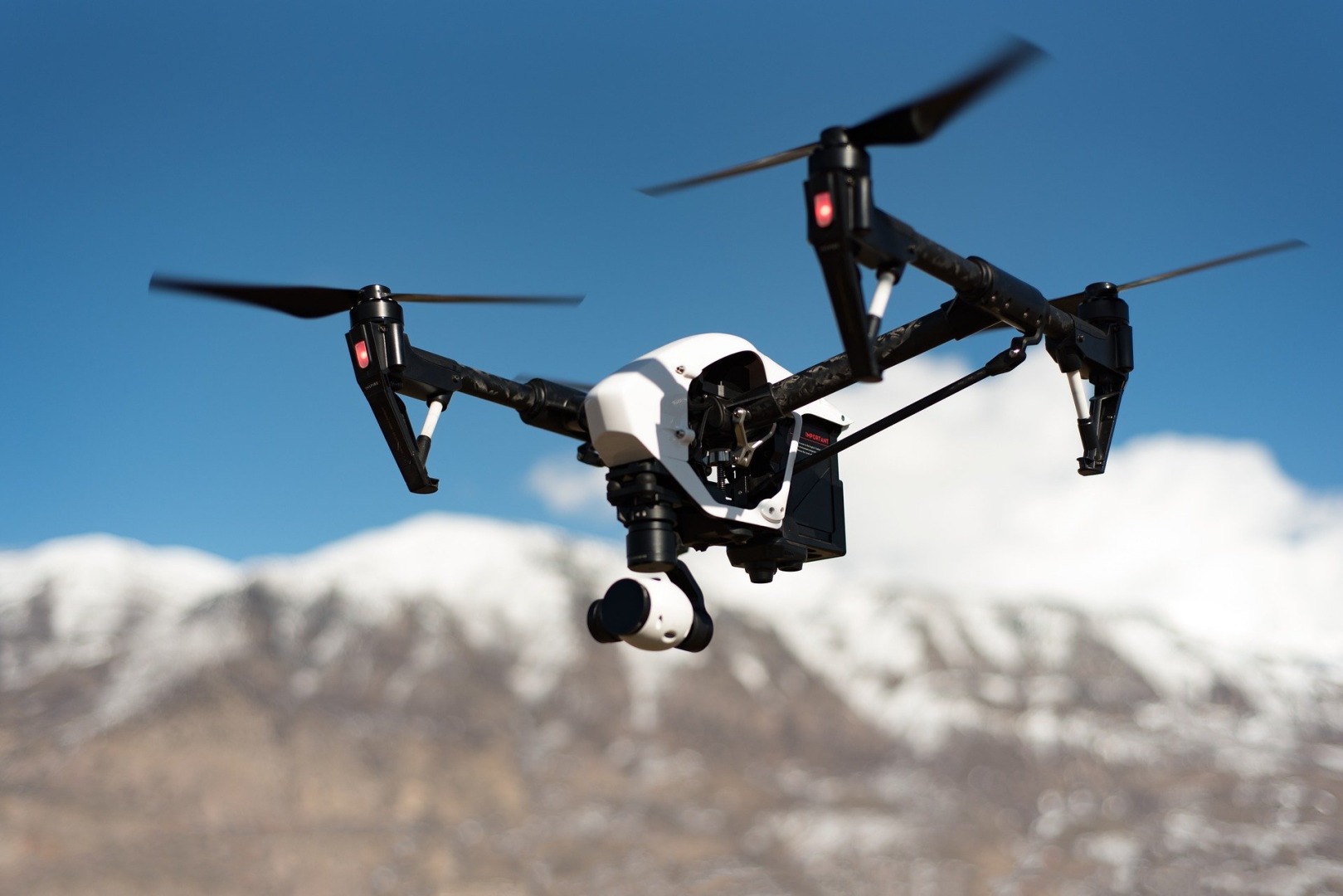
Unmanned aerial vehicles (UAV), commonly known as drones, have evolved from military applications to becoming integral parts of various industries.
These versatile machines are now equipped with advanced technologies, with one of the most transformative being artificial intelligence (AI).
AI-powered drones have the capability to process vast amounts of data, make intelligent decisions, and operate autonomously, expanding their use beyond simple remote-controlled aircraft.
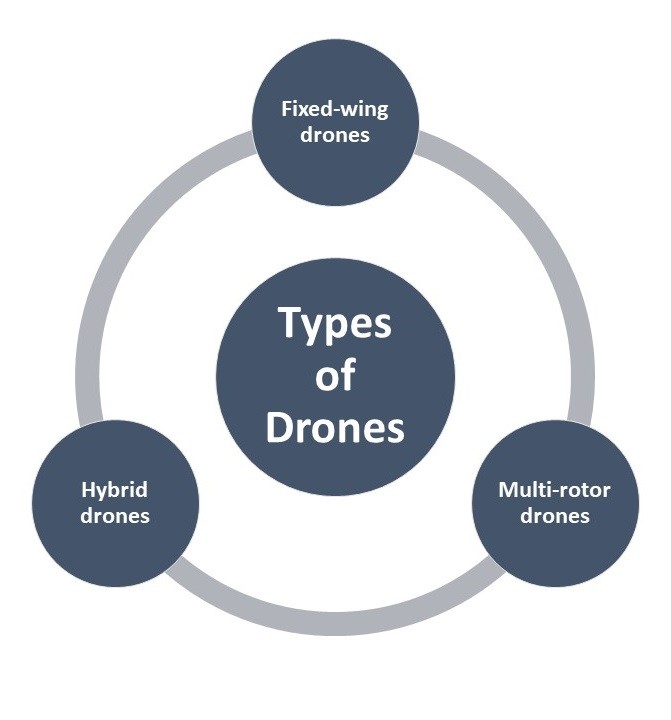
Modern drones come in various shapes and sizes, each tailored for specific purposes. Some common types include:
Fixed-wing drones: These resemble traditional airplanes and are known for their endurance and long-range capabilities.
Multi-rotor drones: These are the most common consumer drones, known for their stability, agility, and vertical take-off and landing (VTOL) capabilities.
Hybrid drones: Combining features of fixed-wing and multi-rotor drones, they offer versatility for various tasks.
Drones consist of several key components, including:
Power source: Typically, drones use rechargeable lithium-polymer or lithium-ion batteries for electrical power.
Propulsion system: Motors and propellers provide thrust and control.
Flight controller: The onboard computer that manages flight operations, including stabilization, navigation, and communication.
Sensors: These include GPS, accelerometers, gyroscopes, and altimeters for navigation and stability.
Communication systems: Drones use various communication protocols, including Wi-Fi, radio, and cellular networks for remote control and data transmission.
The integration of AI into drones offers numerous advantages:
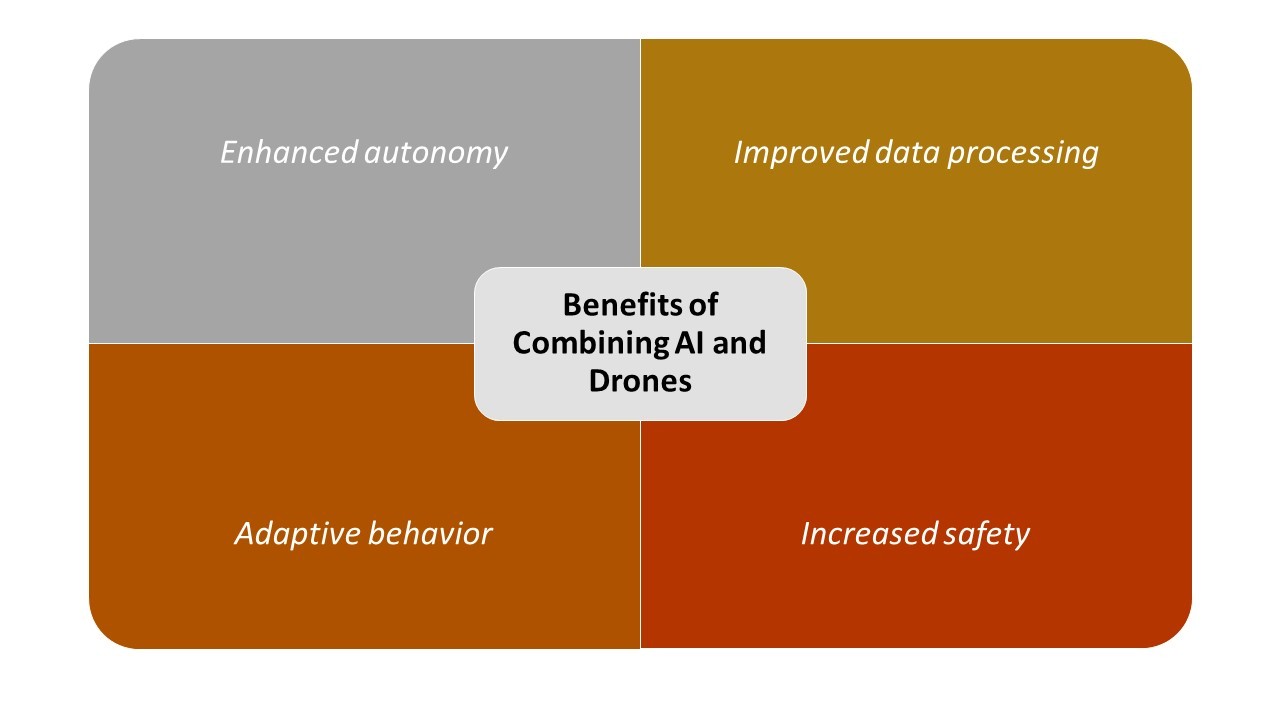
Enhanced autonomy: AI algorithms enable drones to operate autonomously, reducing the need for constant human intervention.
Improved data processing: Drones equipped with AI can process and analyze data in real-time, making them more efficient for applications like surveillance and monitoring.
Adaptive behavior: AI allows drones to adapt to changing conditions and scenarios, making them versatile for various tasks.
Increased safety: AI helps drones detect and avoid obstacles, reducing the risk of collisions and accidents.
To harness the power of AI, drones require both hardware and software integration. Hardware improvements include powerful processors, specialized sensors, and communication modules. On the software side, the development of AI algorithms tailored to drone-specific tasks are crucial.
One of the key features of AI-powered drones is their ability to process data in real-time. This is essential for applications like search and rescue missions, where rapid decision-making is critical. AI algorithms can process images, videos, and sensor data instantly, providing actionable insights.
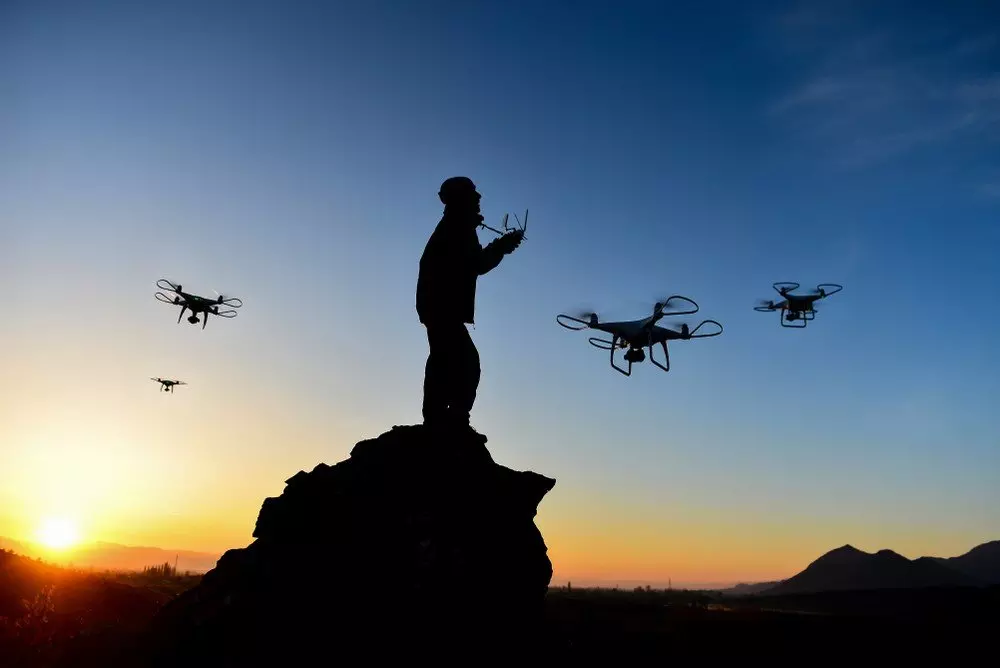
AI-powered drones have revolutionized agriculture by enabling precision farming. They can monitor crop health, detect diseases, optimize irrigation, and apply fertilizers with remarkable accuracy. Computer vision and machine learning algorithms analyze multispectral imagery to provide farmers with actionable data, ultimately increasing crop yields and reducing resource wastage.
In the realm of surveillance and security, AI-powered drones offer unprecedented capabilities. They can monitor large areas, identify suspicious activities, and track individuals or vehicles in real-time. Facial recognition and object detection algorithms enhance their ability to identify potential threats. Law enforcement agencies and private security firms employ drones for enhanced situational awareness.
E-commerce giants and logistics companies have started using AI-powered drones for last-mile delivery. These drones can navigate complex urban environments, avoiding obstacles and delivering packages to specific locations with high precision. Machine learning algorithms optimize delivery routes and schedules, making the process efficient and cost-effective.
AI-equipped drones play a crucial role in disaster management and search & rescue operations. They can swiftly assess disaster-stricken areas, locate survivors, and provide real-time updates to first responders. Thermal imaging and machine learning algorithms enable drones to detect heat signatures, increasing the chances of finding survivors in challenging conditions.
Environmental scientists use AI-powered drones to monitor ecosystems, track wildlife, and assess the impact of climate change. These drones can collect data on air quality, water quality, and vegetation health, aiding in conservation efforts. Machine learning models analyze the collected data to identify trends and patterns.
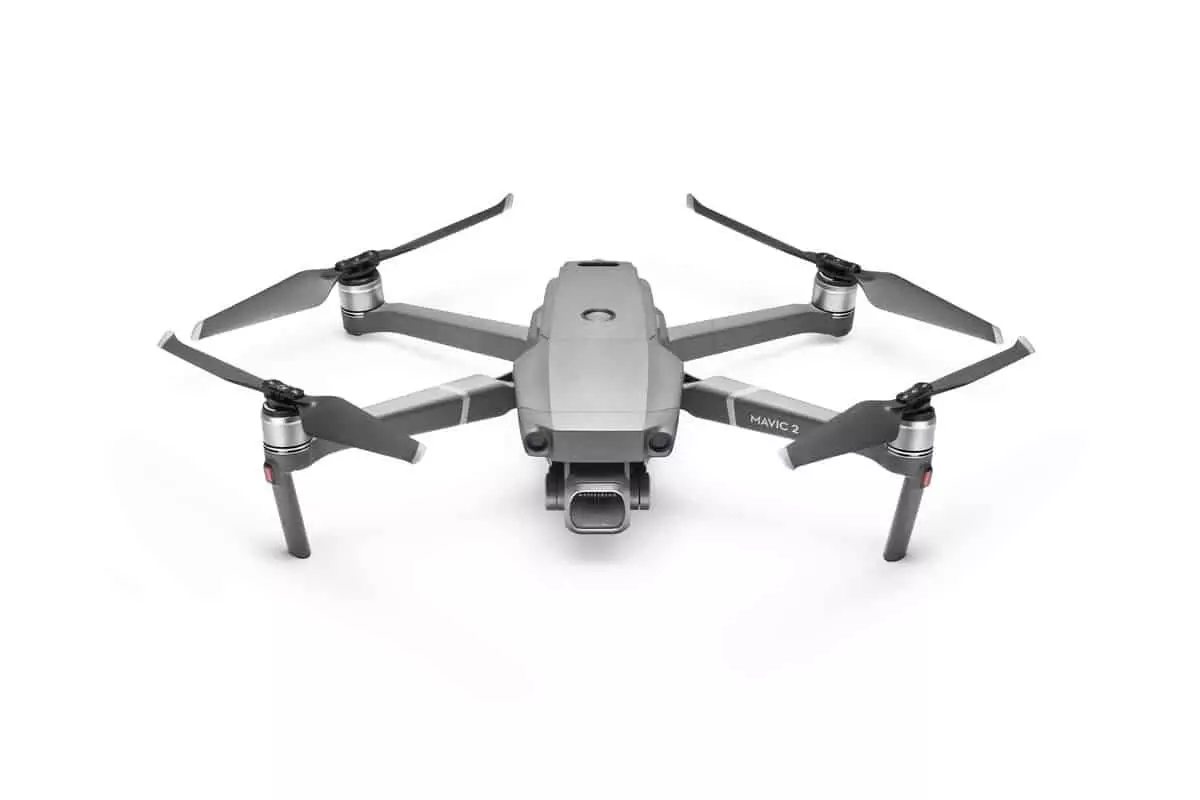
The use of AI-powered drones for surveillance raises privacy concerns. Drones equipped with powerful cameras and facial recognition technology can intrude on individuals' privacy, leading to debates about the balance between security and personal freedom. Regulatory frameworks must address these concerns to protect civil liberties.
The integration of AI in drones poses regulatory and legal challenges. Governments worldwide are working to establish rules for drone operations, including airspace regulations, certification requirements, and data privacy laws. Ensuring safe and responsible drone use while fostering innovation remains a complex challenge.
AI-powered drones must be secure against hacking and malicious attacks. As drones become more autonomous and interconnected, they become potential targets for cyber threats. Ensuring the security of data transmission and control systems is critical to prevent unauthorized access and misuse.
Ethical considerations extend beyond privacy and security. Questions about the ethical use of AI-powered drones in military operations, policing, and surveillance require careful deliberation. Establishing guidelines and ethical frameworks for drone applications is essential to avoid misuse and protect human rights.
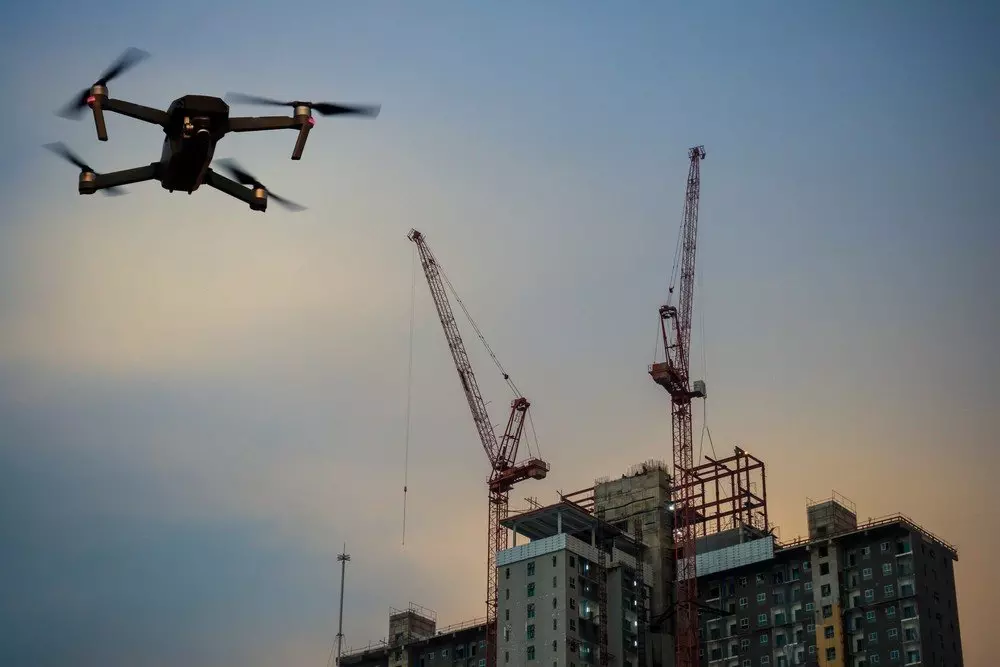
The future of AI-powered drones holds tremendous promise. Advancements in AI algorithms and hardware, including faster processors and more efficient sensors, will enable drones to perform even more complex tasks. This includes fully autonomous long-range flights, improved energy efficiency, and enhanced adaptability to diverse environments.
The integration of AI in drones has the potential to disrupt various industries. For example, autonomous drone deliveries could revolutionize the logistics sector, while precision agriculture could reshape farming practices. The development of AI-driven applications will likely lead to new business models and economic opportunities.
As AI-powered drones become more prevalent, it is crucial to establish robust ethical and regulatory frameworks. These frameworks should address issues related to privacy, safety, and accountability. Governments, industry stakeholders, and researchers must collaborate to ensure responsible and beneficial drone use.
The convergence of artificial intelligence and drones has ushered in a new era of technological innovation. AI-powered drones have demonstrated their potential to transform industries ranging from agriculture and surveillance to logistics and disaster management. With the continued advancement of AI algorithms and drone technology, we can expect further breakthroughs and applications that will reshape our world. However, it is imperative to address the challenges and ethical considerations associated with this technology to ensure its responsible and beneficial use in the years to come. The synergy of AI and drones represents not only a technological marvel but also a profound societal responsibility.
Ahmed Banafa is an expert in new tech with appearances on ABC, NBC , CBS, FOX TV and radio stations. He served as a professor, academic advisor and coordinator at well-known American universities and colleges. His researches are featured on Forbes, MIT Technology Review, ComputerWorld and Techonomy. He published over 100 articles about the internet of things, blockchain, artificial intelligence, cloud computing and big data. His research papers are used in many patents, numerous thesis and conferences. He is also a guest speaker at international technology conferences. He is the recipient of several awards, including Distinguished Tenured Staff Award, Instructor of the year and Certificate of Honor from the City and County of San Francisco. Ahmed studied cyber security at Harvard University. He is the author of the book: Secure and Smart Internet of Things Using Blockchain and AI.
Leave your comments
Post comment as a guest